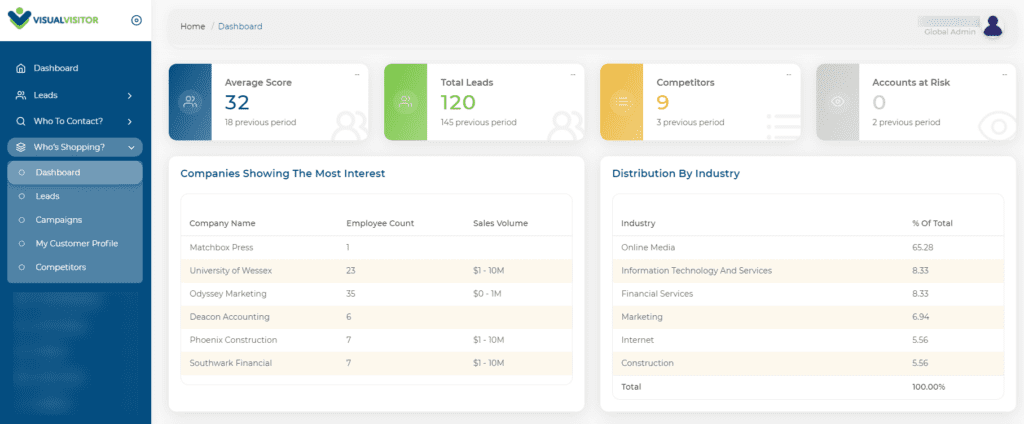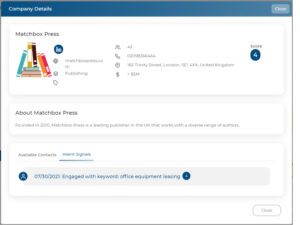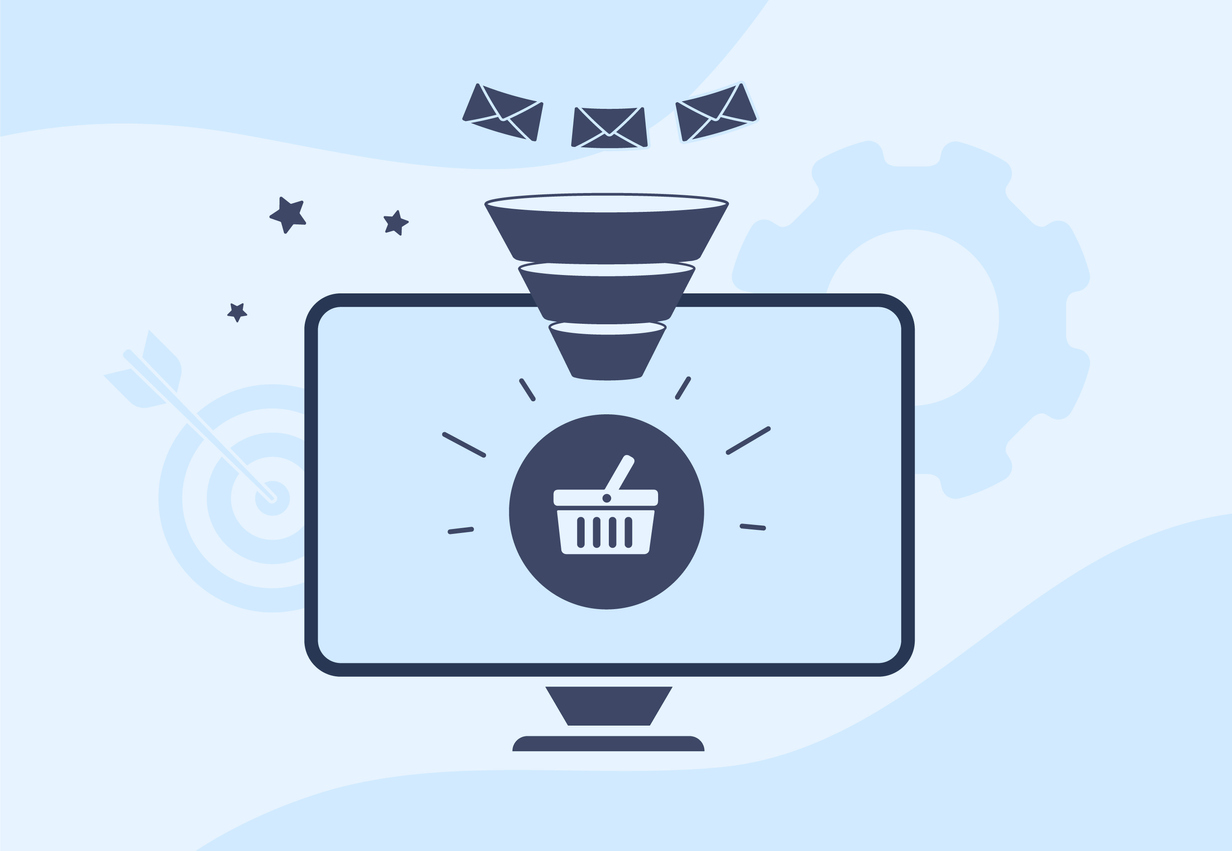
Information concerning a business’s web-based consumption that provides insight into their interests is known as buyer intent data. When someone clicks on a blog, infographic, product review, or case study, they’re issuing an intent signal. Intent software picks up on these signals and measures how likely the searcher is to make a purchase. This process helps you prioritize the leads with the strongest intent to purchase your products.
B2B buyers spend a considerable amount of time researching a product before speaking to a sale rep. By the time they contact you, they’ve already decided whether or not they’re going to make the purchase. Consequently, B2B sellers should invest in buyer intent data. It enables you to identify high-quality leads before they reach out to you. Making early contact is crucial in B2B sales.
Where does buyer intent data come from?
First-party intent data is collected by you; it monitors how people are engaging with your website, social media, CRM, landing pages and form captures.
Third-party intent data is collected by a third-party vendor that utilizes a data-sharing co-op; it monitors how people are engaging with other sites.
First-party intent data can be valuable however third-party data offers a more holistic view of your buyer activity. Ideally, you should use both forms of intent data to build your prospect list.
How does intent data work?
To launch an intent campaign, you should start by identifying keywords. A keyword is a word or a phrase that expresses interest in a topic relevant to your business. They can reference your business, products, services, industry, etc. For example, if you work in equipment leasing, a relevant keyword might be “office equipment financing.” By submitting this keyword, your intent data software will detect businesses who are engaging with this topic online.
In addition to keywords, you need to set appropriate filters. This can include location, industry, annual revenue, etc. By setting the parameters for the businesses you’re interested in, your intent software will know which companies to exclude. To that end, you can also apply suppression criteria to eliminate certain businesses from your search results.
Your intent data software will aggregate online research activity on a weekly basis. This enables it to establish a baseline for each company’s content consumption. A spike in activity acts as an intent signal.
When a company exhibits an intent signal, your intent software will take notice and assign a score. The higher the score, the more likely a company is to purchase your product. What factors into an intent score?
- Type of content
- Amount of content
- Time spent on page
- Scroll speed
- Number of consumers
Simply put, your intent data software monitors your buyer’s activity online and detects intent signals. It then delivers their information to you including a score which you can use to determine which leads are top-priority.
How can your sales team use buyer intent data?
Intent data will revolutionize your approach to sales. Specifically, it can help you:
- Identify high-quality leads
Buyer intent data uncovers the leads who are expressing interest in your products online. These leads will be easier to convert and earn you a higher ROI.
- Create a highly-targeted prospect list
Learning more about your prospects will help you determine which leads are high-priority. You can use intent data to better organize your prospecting list.
- Personalize your sales pitch
Intent data tells you about a buyer’s interests and pain points. Use these insights to tailor your sales pitch to suit their needs.
- Reduce your sales cycle
Active buyers will be easier to convert. By concentrating your efforts on active buyers, you can effectively shorten your sales cycle.
- Segment and score leads
Buyer intent data delivers detailed information about your leads. You can use this to segment your prospecting list into different categories.
- Upsell your products
By using intent software, you can find out if your current customers are considering solutions alternative to your own. In other words, you can find out if they’re looking at your competitors. Use this information to promote products they haven’t yet purchased.
How can your marketing team use buyer intent data?
The more you know about your prospects, the easier it will be to effectively market your products. Specifically, buyer intent data can help your marketing team:
- Build an Ideal Customer Profile (ICP)
Learn more about your current and future customers with buyer intent data. It can help you design and adjust your ICP.
- Organize targeted marketing campaigns
Use buyer intent data to determine which businesses you should target with your next marketing campaign. Find out who’s in the market for your products and contact them early.
- Refine your marketing message
Buyer intent data gives you a better understanding of your prospects, including their interests and pain points. You can use this information to craft a tailored marketing message.
- Boost customer retention
Have you ever wondered if your customers are considering switching to your competitors? With buyer intent data, you’ll be able to identify which accounts are at risk.
Conclusion
Intent data is the fastest growing data category and it’s easy to see why. B2B shoppers are spending more time researching online and less time communicating with sales reps. By investing in buyer intent data, you can contact these leads early instead of waiting for them to reach out to you. Plus, it provides the information you need to develop targeted prospect lists.
In addition to identifying leads, buyer intent data also helps you pursue leads. Intent data software collects a buyer’s firmographic data including their industry, annual revenue, employee count, and location. You can use this information to personalize your sales pitch. It’s important to note that a personalized approach to sales is always more effective than a standardized one.

Marketing and sales teams alike will benefit from this powerful resource. Let us show you Who’s Shopping for you – schedule a free demo today.





